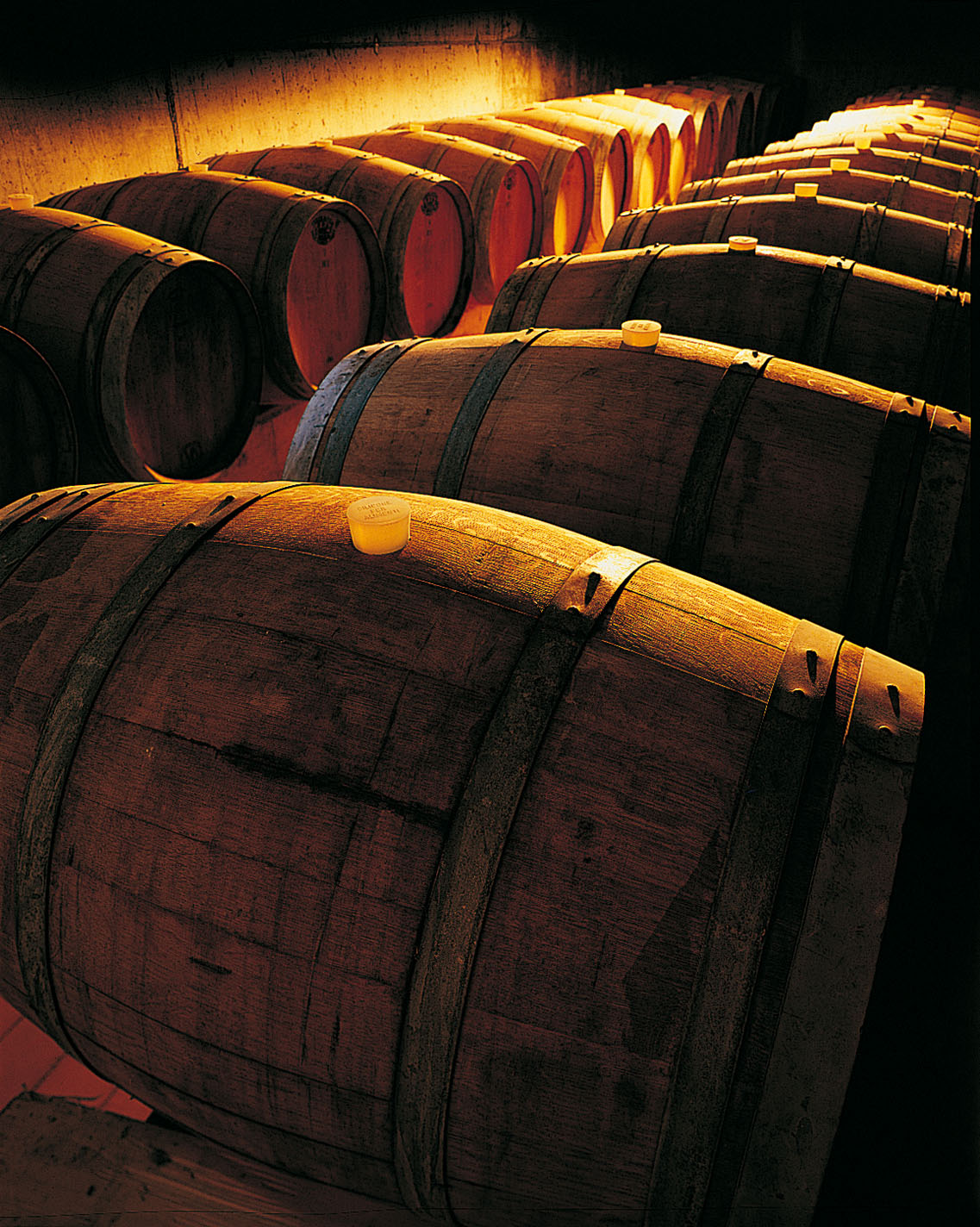 After a resting period in stainless steel vats, the grappa is ready for transformation: dilution with the purest water, to attenuate the alcohol content, and filtration to make it shine like a diamond.
After a resting period in stainless steel vats, the grappa is ready for transformation: dilution with the purest water, to attenuate the alcohol content, and filtration to make it shine like a diamond.
An important variation is to age the grappa in oak barrels - barriques - that give the spirit - in addition to its amber colour - greater complexity thanks to the aromas extracted from the wood, including vanilla, cocoa, tobacco, and chocolate. Here too, the Pisoni family uses a small secret: they do not only use new barrels, but also those that were used to age wines. The barrique gives the grappa the aromatic compounds left behind by the wine, intensifying its structure.

Before bottling, a grappa sample is sent to the Istituto di Tutela della Grappa Trentina [the Institute for the Protection of Grappa from the Trento region] where it is subjected to strict chemical and organoleptic analysis. The reference parameters in the institute's rules are very restrictive, and make Grappa Trentina certification - represented by the trident label - a prestigious acknowledgement of quality.